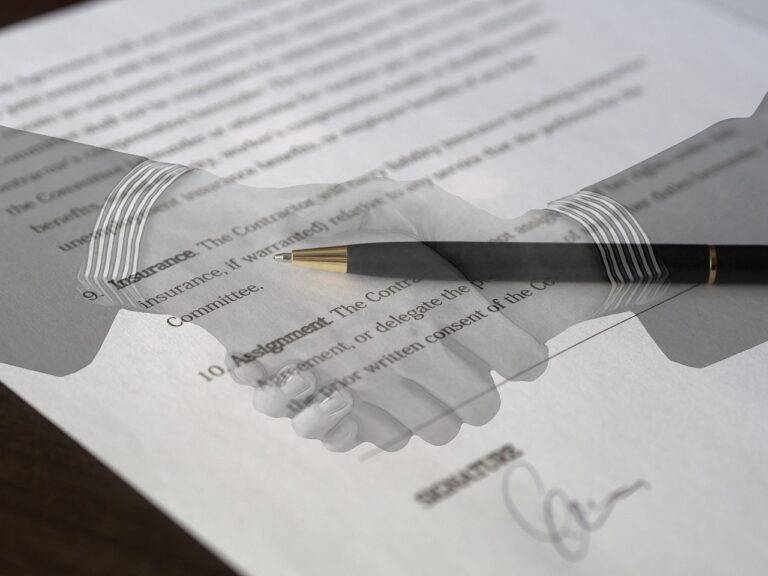Best Helmets: A Comprehensive Guide to Choosing the Right One for You
When it comes to safety on the road, wearing a helmet is non-negotiable. Whether you’re an avid cyclist, motorcyclist, or even someone who enjoys casual recreational riding, a helmet can be the difference between life and death. However, with so many options available in the market, choosing the Best Helmets can be a daunting task. This guide will walk you through the essential aspects of helmet selection, including safety standards, types, features, and what to look for to ensure you make an informed decision.
Why Wearing a Helmet is Important
Helmets are designed to protect the head in case of an accident. The human skull, although strong, is vulnerable to fractures, concussions, and brain injuries during crashes. Helmets reduce the impact forces to the head and can prevent or mitigate severe injuries, including traumatic brain injuries (TBI), skull fractures, and other life-threatening conditions.
Beyond safety, helmets also provide protection against environmental factors such as wind, sun, and rain. They can also improve your overall comfort during long rides by reducing fatigue and minimizing distractions.
Key Features to Look for in a Helmet
When selecting a helmet, you want to make sure it provides maximum safety and comfort. The following are key features to look out for:
Safety Standards
The first and foremost factor to consider when choosing a helmet is safety. A helmet must meet certain safety standards to be deemed effective. These standards vary based on the country and type of helmet. For instance, in the United States, helmets for motorcyclists are required to meet the Department of Transportation (DOT) standards. Cycling helmets, on the other hand, need to meet standards set by organizations like the Consumer Product Safety Commission (CPSC) or Snell Memorial Foundation.Fit and Comfort
A helmet must fit snugly but not too tight. It should cover the head without creating pressure points that cause discomfort. Most helmets come with adjustable straps or internal padding that allows you to customize the fit. Make sure that the helmet doesn’t move around when you shake your head, as this could impact its effectiveness in the event of an accident.Ventilation
Riding can be physically demanding, and a helmet that doesn’t allow air to circulate can cause discomfort and fatigue. Look for helmets with sufficient ventilation channels to ensure that air flows freely through the interior. This is especially important for cyclists and motorcyclists who often engage in long rides in warm weather.Material
Helmets are made from a variety of materials, each offering different levels of protection. The most common materials include:Polycarbonate: Lightweight and impact-resistant, commonly used for budget-friendly helmets.
Fiberglass: Offers a balance of strength and weight.
Carbon Fiber: High strength and very lightweight, but tends to be more expensive.
The outer shell of the helmet is usually made of these materials, while the inner lining contains foam (EPS foam) designed to absorb impact during a crash.
Visor
Some helmets come with an integrated visor, which protects your eyes from the sun, wind, and debris. A visor is particularly useful for motorcyclists, as it helps reduce glare and provides an extra layer of protection against flying objects.Aerodynamics
For athletes or enthusiasts, helmets designed with aerodynamics in mind can help improve performance. These helmets are especially common in road cycling, as they minimize drag, allowing for faster speeds. They may come with a more streamlined design and fewer ventilation holes.Style and Design
While style may not be the most important factor in your helmet choice, it’s always nice to find a design that suits your personality. Helmets come in various styles, colors, and finishes, allowing you to express yourself while staying safe.Weight
Helmets should be lightweight enough to avoid causing strain on your neck and shoulders. A heavier helmet might cause fatigue on long rides, while a lightweight helmet can offer more comfort. However, there’s a balance to be struck—too light might compromise safety, so ensure the material offers adequate protection.
Types of Helmets
Helmets come in different types, each tailored to specific needs. Here are the most common types you’ll find:
Full-Face Helmets
Full-face helmets cover the entire head, including the face, offering the highest level of protection. These are commonly used by motorcyclists and off-road riders. The full coverage ensures that not only the skull is protected, but also the jaw and face in the event of an impact.Open-Face Helmets
As the name suggests, open-face helmets leave the face exposed, providing a wider field of view and better ventilation. They are lighter than full-face helmets but offer less protection. Open-face helmets are popular among cruisers and city cyclists.Modular Helmets
These helmets combine the best features of full-face and open-face helmets. They feature a chin bar that can be lifted, allowing the rider to enjoy an open-face experience while maintaining the ability to lock the chin bar for full-face protection when needed.Half Helmets
Half helmets are the lightest and most minimalist option. They cover only the top part of the head, leaving the face and chin exposed. While they offer less protection, they provide increased comfort and better ventilation. They are popular among casual riders and those in warm climates.Mountain Bike Helmets
These helmets are designed specifically for off-road cycling. They are often equipped with a visor to shield the rider’s eyes from the sun or debris. Mountain bike helmets also have extra padding and coverage at the back of the head for added safety in rough terrain.Road Bike Helmets
Road bike helmets are designed to be aerodynamic and lightweight. These helmets have more vents for airflow, reducing sweat buildup and enhancing comfort on long rides. They also typically have a more streamlined design to minimize drag.Skate and BMX Helmets
Skate and BMX helmets offer a low-profile design and are ideal for activities like skateboarding and BMX biking. These helmets provide excellent protection for the top and sides of the head but typically lack a full-face shield.
How to Maintain Your Helmet
To ensure your helmet performs well over time, proper maintenance is essential. Here are a few tips for keeping your helmet in top condition:
Regular Cleaning: Wipe down the exterior with a damp cloth and mild soap to remove dirt and debris. Use a soft brush to clean the interior padding.
Inspect for Damage: Regularly check for cracks, dents, or other signs of damage. If the helmet has been in an accident, replace it, even if there is no visible damage.
Store Properly: Avoid leaving your helmet in extreme temperatures, such as direct sunlight or a hot car, as this can weaken the materials. Store your helmet in a cool, dry place when not in use.
FAQs About Helmets
How do I know if my helmet fits properly? A helmet should fit snugly around your head, with no gaps or movement. The straps should be adjusted so that they form a “V” shape just below your ears. The chin strap should be tight but comfortable.
How often should I replace my helmet? Most helmets have a lifespan of around 3-5 years, depending on the frequency of use. If you’ve been in an accident, it’s important to replace your helmet immediately, even if there’s no visible damage.
Can I use the same helmet for different activities? While some helmets are designed for multi-sport use, it’s always best to use the helmet specifically designed for each activity. For example, a cycling helmet might not provide adequate protection for motorcycling.
Are expensive helmets worth the price? Expensive helmets often offer advanced features like lightweight materials, superior ventilation, and better fit systems. However, you can find a safe and comfortable helmet at any price point, as long as it meets the required safety standards.
What safety standards should I look for in a helmet? Look for certifications such as DOT (Department of Transportation) for motorcycle helmets, CPSC (Consumer Product Safety Commission) for cycling helmets, or Snell certification for high-performance helmets.
Conclusion
Choosing the right helmet is essential for ensuring your safety and comfort while riding. By considering factors such as fit, safety standards, material, ventilation, and helmet type, you can make a well-informed decision that suits your needs. Always remember that while helmets may vary in price and features, the most important aspect is their ability to protect your head in the event of an accident. Never compromise on safety—choose a helmet that will keep you secure and confident during every ride.







